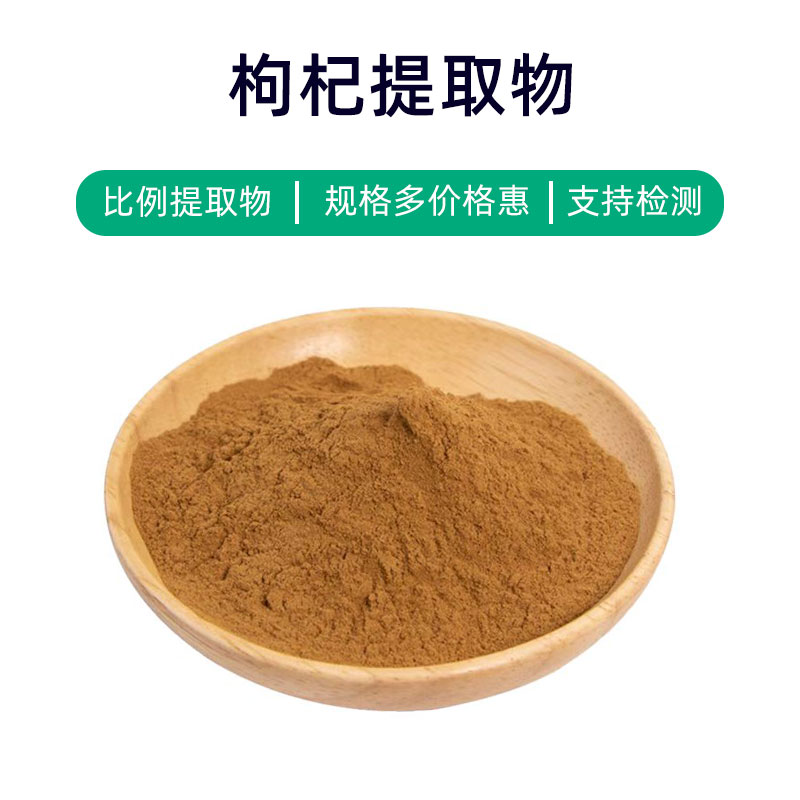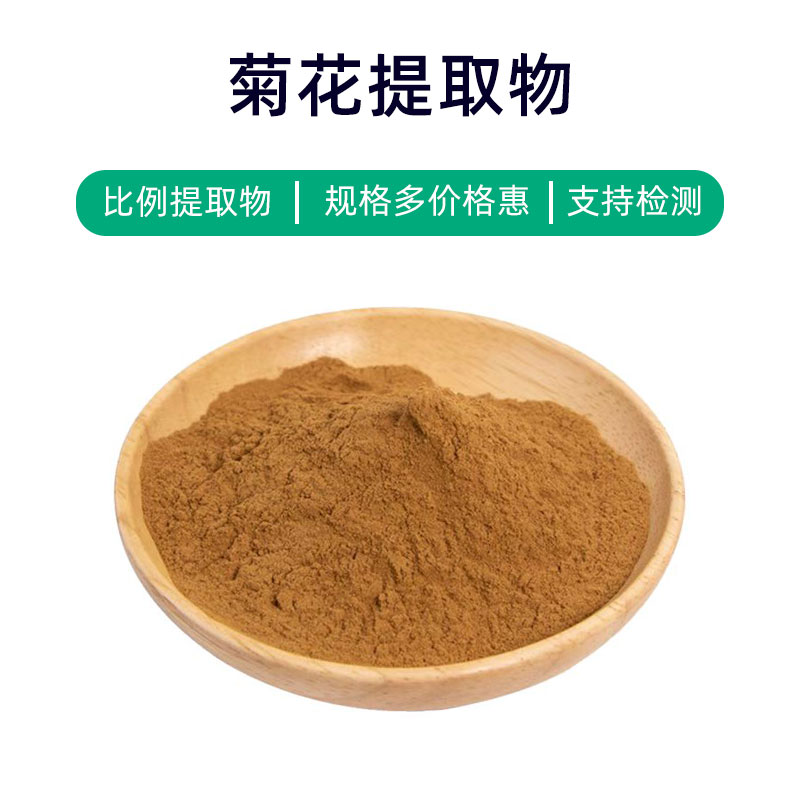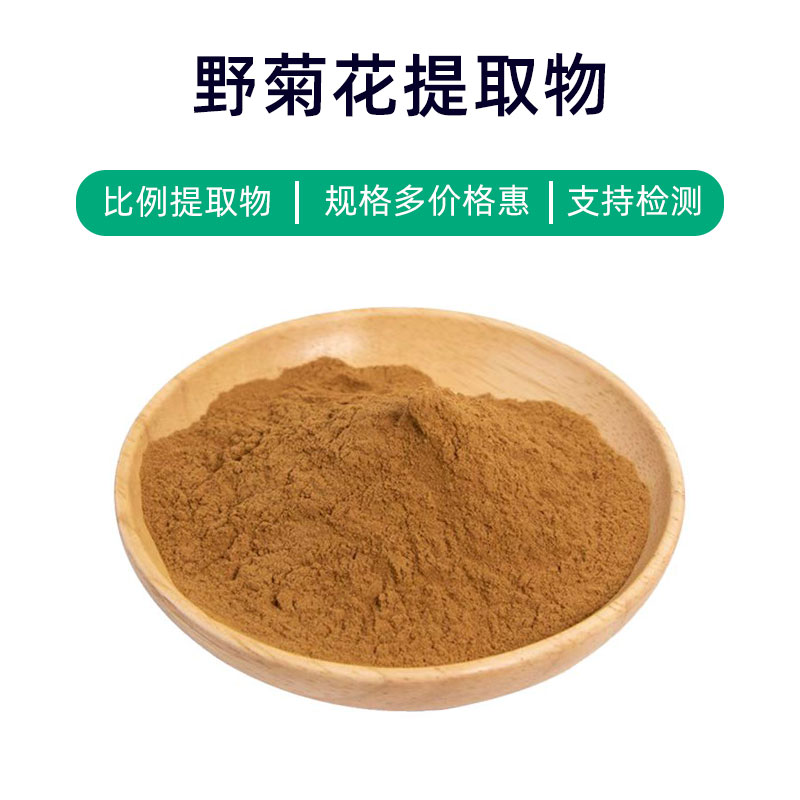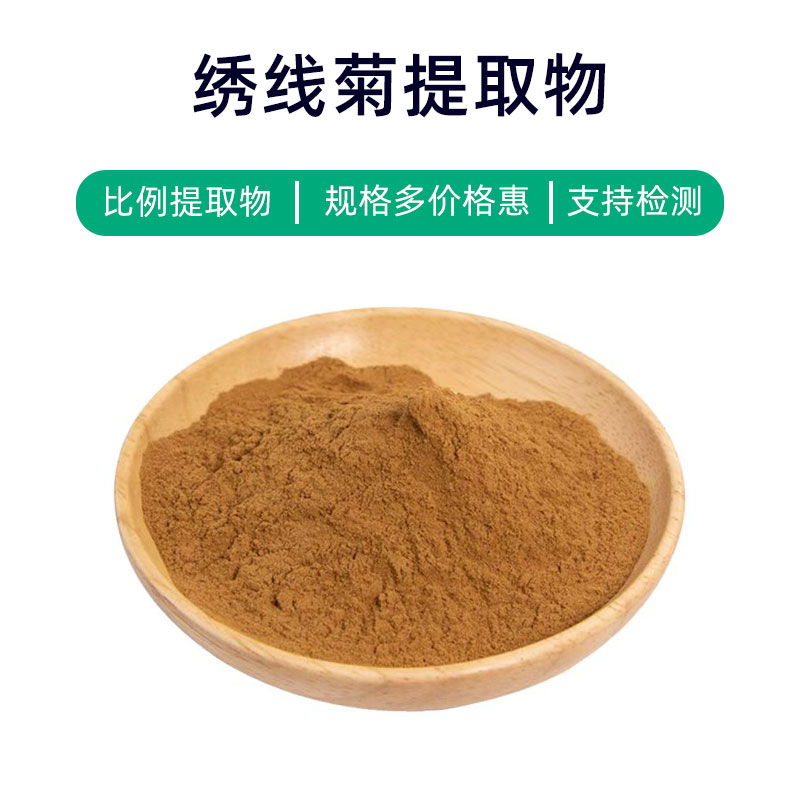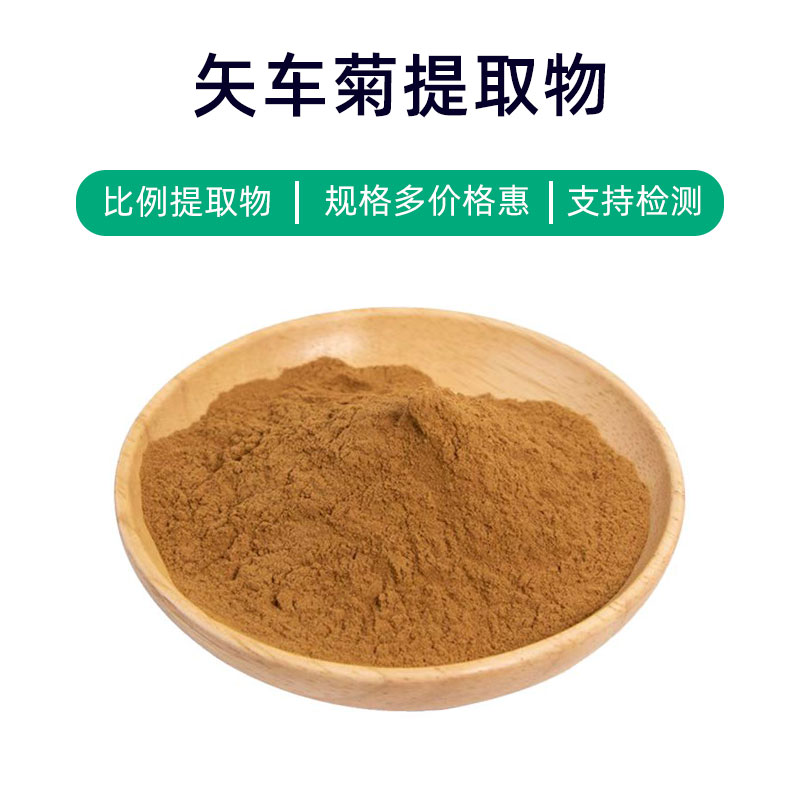Saw Palmetto Extract Product Introduction
Saw palmetto extract is a natural plant extract sourced from the saw palmetto plant, containing active components such as fatty acids, sterols, and phytosterols. This extract is widely used in health supplements, pharmaceuticals, and cosmetics.
In the health supplement sector, saw palmetto extract is believed to positively impact men's prostate health. Its main benefits include promoting prostate health, improving urinary symptoms, and enhancing urine flow. Saw palmetto extract is thought to inhibit the activity of 5α-reductase, thereby reducing testosterone metabolism and helping to maintain healthy testosterone levels, which supports normal function of the male reproductive system.
In the pharmaceutical industry, saw palmetto extract is often used to prepare medications for treating benign prostatic hyperplasia. Its pharmacological effects are believed to alleviate symptoms associated with prostate enlargement, such as frequent urination, urgency, and difficulty urinating.
In cosmetics, saw palmetto extract is commonly added to men's skincare products to condition skin and hair. Its natural antioxidant and anti-inflammatory properties help protect the skin from environmental irritants, reduce inflammatory responses, and promote hair health.
Overall, saw palmetto extract is a versatile natural ingredient with broad applications in the male health field, effectively promoting prostate health, improving urinary symptoms, and benefiting skin and hair.
Saw Palmetto Extract Production Process
The production process for saw palmetto extract typically includes the following main steps:
- Raw Material Collection and Processing: First, parts of the saw palmetto plant such as roots, stems, or leaves are collected as extraction materials. The collected materials undergo preliminary cleaning and processing to remove impurities and maintain freshness.
- Crushing and Grinding: The processed saw palmetto materials are crushed and ground to enhance extraction efficiency. Mechanical grinding or pulverizing machines are commonly used to turn the materials into a powder.
- Solvent Extraction: The ground saw palmetto powder is mixed with an appropriate solvent (such as ethanol or ethyl acetate) for extraction. Solvent extraction effectively dissolves the active components of saw palmetto into the solvent, creating an extract.
- Concentration and Separation: The extract is then concentrated, typically using evaporation or vacuum concentration methods. The concentrated solution contains a high concentration of saw palmetto extract. Afterward, solid residues and solvents are separated through filtering or centrifugation.
- Drying and Pulverizing: The separated solid residues are dried to remove residual solvents and convert the extract into a dry powder. The powder is then further pulverized to achieve the desired particle size and uniformity.
- Quality Control and Testing: The final saw palmetto extract product undergoes quality control and testing to ensure it meets relevant quality standards. Common testing methods include high-performance liquid chromatography (HPLC) and UV-visible spectroscopy (UV-VIS).
- Packaging and Storage: Finally, the saw palmetto extract is packaged, typically in sealed containers to prevent moisture and light exposure. It should be stored in a cool, dry location, away from direct sunlight and high temperatures, to ensure product quality and stability.
Effects and Side Effects of Saw Palmetto Extract
Saw palmetto extract is a commonly used natural plant extract with various effects and benefits, including:
- Antioxidant Effects: Saw palmetto extract is rich in natural antioxidants, such as polyphenols and flavonoids, which help eliminate free radicals in the body, reduce oxidative stress, and protect cells from oxidative damage.
- Anti-inflammatory Effects: Studies indicate that the active components in saw palmetto extract have significant anti-inflammatory properties, capable of inhibiting the release of inflammatory factors and alleviating inflammatory diseases and symptoms.
- Immune Regulation: Saw palmetto extract can modulate the immune system's function, enhance overall immunity, and improve resistance to infections.
- Anti-aging Effects: Active components in saw palmetto extract promote collagen synthesis and cell regeneration, helping maintain skin elasticity and firmness, and slowing the aging process of the skin.
- Antibacterial and Antifungal Actions: Saw palmetto extract has certain antibacterial and antifungal effects, inhibiting the growth of bacteria, fungi, and viruses, which aids in preventing and treating related infectious diseases.
- Blood Sugar Regulation: Some studies suggest that the active components in saw palmetto extract may help lower blood sugar levels, contributing to the prevention and management of diabetes and related conditions.
- Vision Improvement: Saw palmetto extract contains abundant carotenoids and vitamin C, which help protect the retina, enhance vision, and prevent eye diseases.
Despite its various benefits, individual differences and appropriate dosages should be considered when using saw palmetto extract to avoid allergic reactions or adverse effects. Long-term high-dose use may lead to digestive discomfort or dizziness, so it is advisable to use it under the guidance of a healthcare professional and strictly follow the recommended dosages on the product label.
Application Scenarios and Dosage of Saw Palmetto Extract
Saw palmetto extract has wide applications in medicine, food, and cosmetics due to its numerous benefits. Below are the application scenarios and dosages for this product in different fields:
- Medical Field:
- Application Scenario: Saw palmetto extract is primarily used in the medical field for preparing health supplements, medicines, and herbal extracts.
- Dosage: The common usage involves formulating saw palmetto extract into oral capsules or tablets, with a specific dosage for each intake based on product instructions or a doctor's recommendation. For adults, a daily oral dosage of 200-400 mg is generally suggested, divided into 2-3 doses.
- Food Industry:
- Application Scenario: Saw palmetto extract can be used as a natural dietary supplement, added to various health foods, functional foods, and health drinks.
- Dosage: In food applications, saw palmetto extract is typically used according to food additive regulations, with specific amounts determined by the type of food and production process, often guided by product instructions or recipes.
- Cosmetics Field:
- Application Scenario: Saw palmetto extract is commonly used in cosmetics, such as skincare products, shampoos, and conditioners, to provide antioxidant, anti-aging, and moisturizing benefits.
- Dosage: In cosmetic applications, saw palmetto extract is added according to the requirements in the product formulation, with specific amounts guided by product instructions or formulation recommendations.
- Topical Use:
- Application Scenario: Saw palmetto extract can also be used in topical products, such as ointments and creams, for treating skin inflammation, eczema, and other skin issues.
- Dosage: Topical saw palmetto extract is typically used as directed on product instructions or medical advice, applied to the affected area with gentle massage until fully absorbed; specific dosages and frequency should be determined based on individual circumstances.
In summary, the application of saw palmetto extract across various fields should be based on product type, formulation, and individual considerations. It is recommended to use it under the guidance of professionals to avoid adverse reactions.
Introduction to the Source Plant of Saw Palmetto Extract, Distribution, and Growth Environment
Saw palmetto (scientific name: Serenoa repens) is a common perennial plant belonging to the palm family, also known as the saw palm. Below is an introduction to the source plant of saw palmetto extract, including its distribution and growth environment:
- Plant Introduction:
- Saw palmetto is a low-growing shrub or small tree, typically ranging from 1 to 3 meters in height. Its trunk is short and robust, often twisted, with long, feather-like leaves having serrated edges, hence its name "saw palmetto."
- The flower clusters are umbrella-shaped, with small white flowers, and the fruits are round, turning dark red to black when mature.
- Distribution:
- Saw palmetto is primarily found in the southeastern region of North America, particularly in Florida, as well as in the Bahamas and Cuba.
- Additionally, saw palmetto has been introduced to other tropical and subtropical areas, such as parts of the Mediterranean and Asia.
- Growth Environment:
- Saw palmetto thrives in wet environments such as low-lying swamps, riverbanks, and marshes, showing adaptability to various soil types, including both poor sandy soil and moist clay soil.
- It generally grows in sunny, warm, and humid conditions, preferring moist climates and soil.
- Growth Habits:
- Saw palmetto grows slowly but can have a long lifespan, lasting several decades under suitable conditions.
- It typically exhibits a clustering or clumping growth habit, with multiple plants growing closely together, forming dense thickets.
Overall, saw palmetto is a perennial plant found in moist environments, mainly distributed in southeastern North America and some tropical areas, preferring sunny and humid growth conditions. Its unique growth environment and morphology make it an important component of the local wetland ecosystem.
Processing and Storage of Saw Palmetto Extract
The processing of saw palmetto extract mainly includes several steps: first, harvesting mature saw palmetto fruits, followed by treatment to remove the pulp and seeds. The extraction process can involve soaking or extraction methods, typically using alcohol or supercritical fluid extraction to obtain the active components. Finally, through filtering, concentrating, and drying steps, the finished saw palmetto extract is obtained. For storage, the extract should be kept in a cool, dry place, avoiding direct sunlight and high temperatures, and sealed to prevent oxidation and moisture effects on the product. It is generally stored in airtight containers to limit exposure to air over extended periods.
Monica Sun is a seasoned expert in the plant extraction industry with over a decade of experience in research and production. She specializes in the extraction and purification of plant active ingredients, focusing on driving innovation in natural product applications. Monica has participated in the development of multiple functional plant extracts, delivering high-value natural raw material solutions for the health food, pharmaceutical, and dietary supplement sectors.









